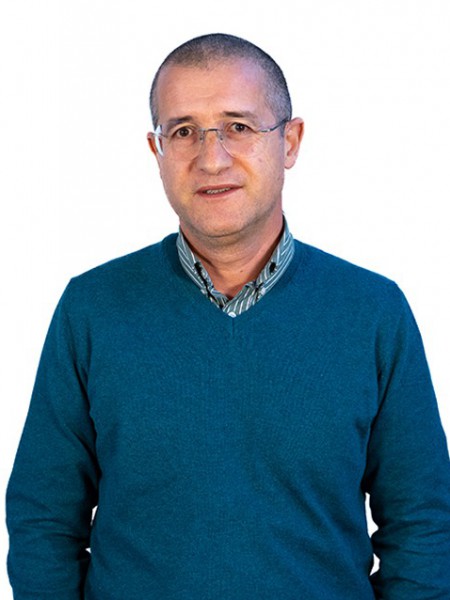abstract
This work aimed at studying the self-assembly of lignin macromolecules towards lignin nanoparticles (LNPs) with green solvents and shedding light on a tailor-made production of LNPs through a meticulous study of different variables. The methodology (antisolvent to lignin solution - method A; or lignin solution to antisolvent - method B), the lignin solvent, the flow rate of solvent/antisolvent addition, the lignin solution loading and the washing step (centrifugation vs dialysis) were examined. Remarkably, method B enabled achieving desired LNPs (127.4-264.9 nm), while method A induced the formation of lignin microparticles (582.8-7820 nm). Among lignin solvents, ethanol allowed the preparation of LNPs with the lowest hydrodynamic diameter (method B=127.4 nm), while the largest particles (method A=7820 nm) were obtained with ethylene glycol. These latest particles were characterized as heterogeneous, irregular, and highly aggregated when compared for instance with gamma-valerolactone counterparts, which showed the most homogeneous (PDI=0.057-0.077) and spherical particles. Moreover, decreasing lignin solution loading enabled the reduction on LNP size and Zeta potential. Dialysed samples allowed the formation of LNPs with lower hydrodynamic size, reduced aggregation, and higher homogeneity. Furthermore, dialysis provided high stability to LNPs, avoiding particle coalescent phenomenon. Lignin nanoparticles (LNPs) can be sustainably produced with green solvents and their properties can be fine-tuned by setting up important parameters, including the order solvent/antisolvent addition, lignin solvent, flow rate, lignin solution loading and washing step. As the best result, homogenous LNPs with average hydrodynamic diameter of 144.4 nm and Zeta potential of -33.2 mV can be obtained with gamma-valerolactone. image
keywords
CYTOTOXICITY; NANOSPHERES; DELIVERY
subject category
Chemistry; Science & Technology - Other Topics; Materials Science
authors
Almeida, F; Margarida, A; Seixas, N; Pinto, RJB; Silvestre, AJD; Lopes, AMD
our authors
Projects
CICECO - Aveiro Institute of Materials (UIDB/50011/2020)
CICECO - Aveiro Institute of Materials (UIDP/50011/2020)
Associated Laboratory CICECO-Aveiro Institute of Materials (LA/P/0006/2020)
Collaboratory for Emerging Technologies, CoLab (EMERGING TECHNOLOGIES)
acknowledgements
This work was developed within the scope of the project CICECO-Aveiro Institute of Materials, UIDB/50011/2020, UIDP/50011/2020 & LA/P/0006/2020, financed by national funds through the FCT/MCTES (PIDDAC). Andre M. da Costa Lopes thanks his research contract funded by Fundacao para a Ciencia e Tecnologia (FCT) and project CENTRO-04-3559-FSE-000095 - Centro Portugal Regional Operational Programme (Centro2020), under the PORTUGAL 2020 Partnership Agreement, through the European Regional Development Fund (ERDF). The research contract of Ricardo J. B. Pinto was funded by national funds (OE), through FCT in the scope of the framework contract foreseen in the numbers 4, 5, and 6 of the article 23, of the Decree-Law 57/2016, of August 29, changed by Law 57/2017, of July 19.





